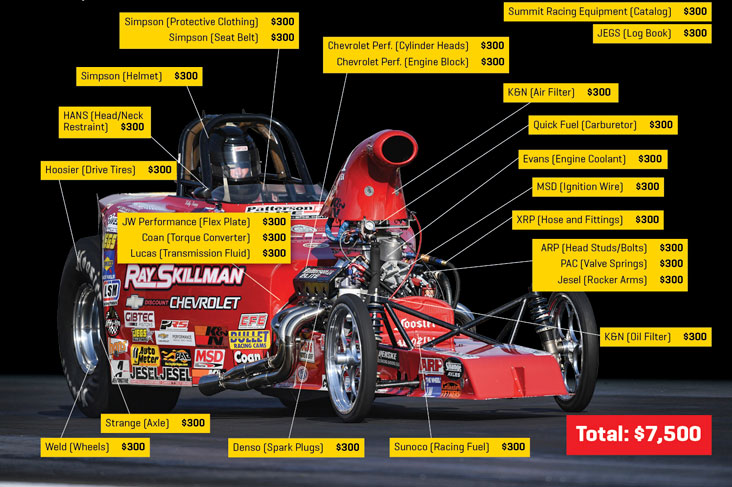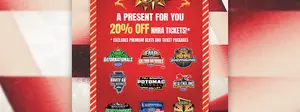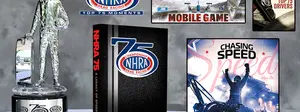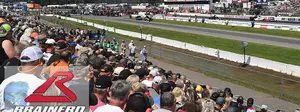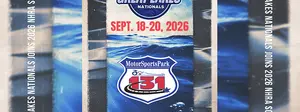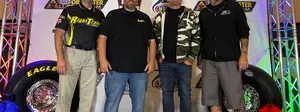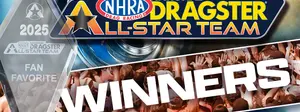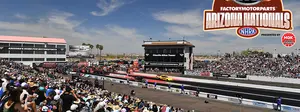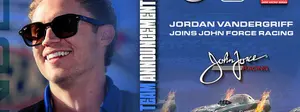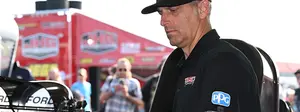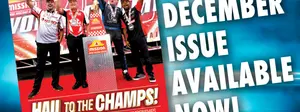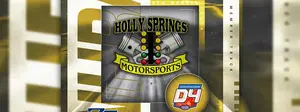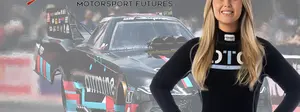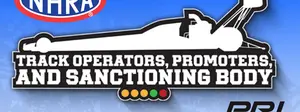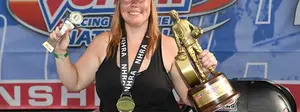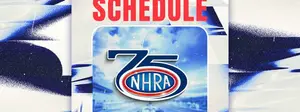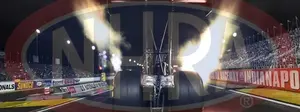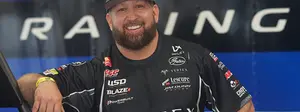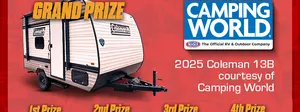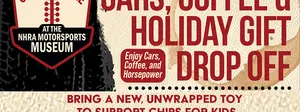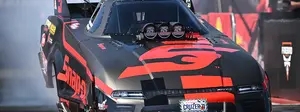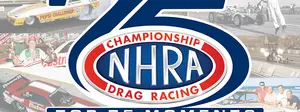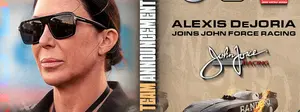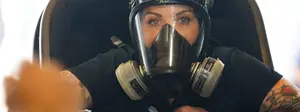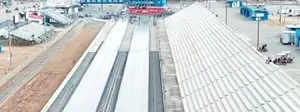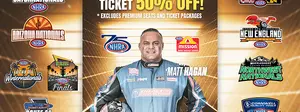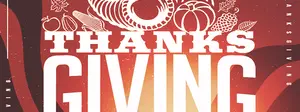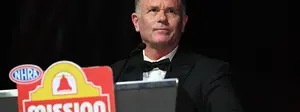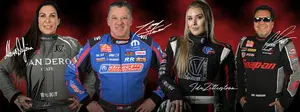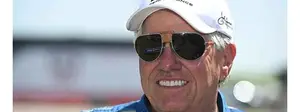

NHRA contingency program is a win-win for racers and manufacturers
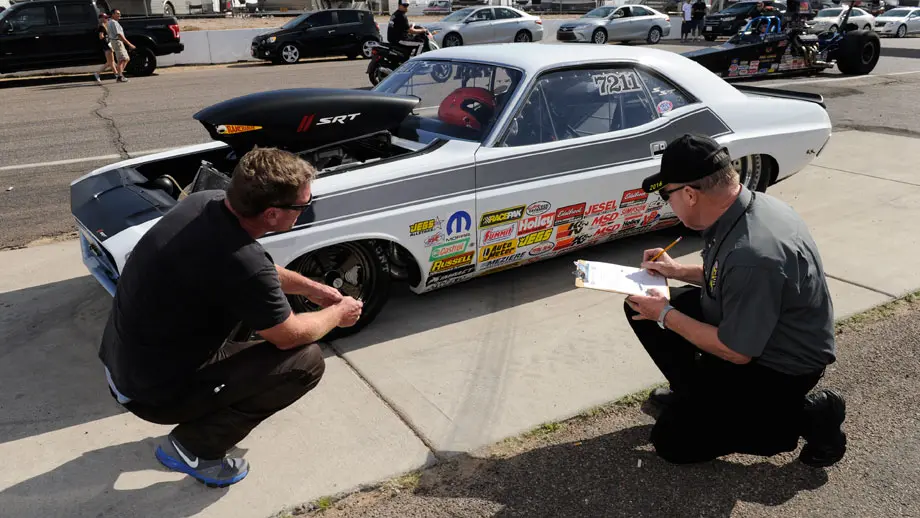
Racing can be its own reward, the chance to test your machine against the clock, against another racer, or just to challenge yourself, but for racers who compete in NHRA’s various racing programs, there literally are companies who will reward you for your success, and no, this isn’t about any kind of sponsorship proposal you’ll have to create or promotional appearances you’ll have to make
Since the earliest days of drag racing in the 1950s, manufacturers and racers have enjoyed a mutually beneficial partnership in the form of the NHRA contingency program. The premise of the program is simple: racers who purchase and use a particular companies’ products and also display the approved decal are rewarded each time they post a win or a runner-up (or, on some occasions, a semifinal finish). The proper use of products and decals from members of the contingency program often results in thousands of dollars over and above the posted prize money for a particular event.
Manufacturers who participate in the NHRA contingency program enjoy a wide array of benefits, including increased exposure and the ability to build customer loyalty. Other benefits afforded to qualifying sponsors include a display on Manufacturers Midway, which can provide an on-site base for sales and service, additional advertising and marketing rights, as well as event credentials and parking.
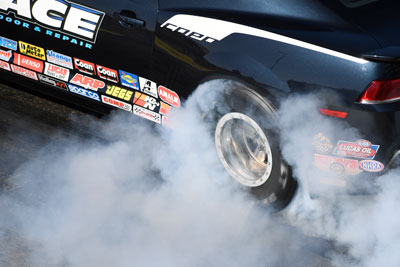
In 2019, nearly 100 companies have combined to offer award postings for racers in the NHRA Mello Yello, Lucas Oil, E3 Spark Plugs Pro Mod, and Summit Racing Series.
Most of the manufacturers in the program have specific requirements in order to collect contingency awards, so it pays to do a bit of advance planning. Many of the sponsors want to see proof of purchase either in the form of a receipt or registration via their website. Some companies will require a recent proof of purchase, a minimum buy-in. Most companies also want to have a current W-9 form on file for each competitor. The NHRA racers website (NHRAracer.com) has a complete listing that includes each sponsor, the products that are eligible for contingency awards, and the individual requirements for each product.”
It’s vital to note that contingency decals must also be applied to the vehicle before the start of eliminations and need to be the correct size and design for each product that is being claimed. Decals must also be clearly visible on each side of the vehicle. Decals cannot be placed on front or rear bumpers or on the inside of spoiler/wing spill plates. Decal stacking also requires advance permission from each participating sponsor.
Other helpful reminders involve the contingency forms that are filled out by the racers and are used to verify contingency postings. All forms must be fully completed and must be legible. It’s also important to note that only one decal and/or product is permitted from each category listed on the verification sheet.
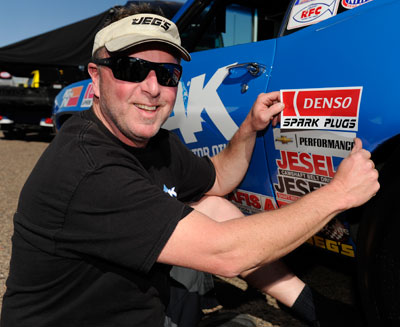
Decal Do’s and Don’ts
Per the NHRA Rulebook, all competitors have the opportunity to participate in NHRA’s contingency programs. Programs administered from NHRA headquarters are advertised in NHRA National Dragster and on nhraracer.com for all national, divisional, and E.T. championship events. To be eligible for sponsor awards and payouts, competitors must use the posted product and display the approved sponsor decals on both outer sides of the race vehicle. Some sponsors have additional requirements, which can be found at this link: http://www.nhra.com/competition/contingency?con=ReqContingency. Competitors must adhere to the specific decal-display requirements as follows:
1. Decal must be exact size and design of company’s contingency decal (36-square-inch maximum).
2. One decal required for each product posting, prominently positioned on outer surfaces, clearly visible on both sides of vehicle from a 90-degree angle, beginning with the first round of eliminations.
3. Decals placed on vehicles once eliminations have begun will not be granted verification.
4. Decal stacking is not permitted. A separate decal for each posting is required.
5. Decals placed on the inside of spoiler/wing spill plates are not eligible for contingency verification.
6. Decals placed on front or rear valance/bumpers are not eligible for contingency verification.
7. Exact facsimile of sponsor’s contingency decal (size, color, design) required if painted-on version is used (contact sponsor).
8. For each category posting, only one decal is permitted. Decals from competing companies for the same product will void all claims for the product category.
9. Knowingly claiming a product(s) not in use or functioning in the intended manner on the vehicle for which the claim was made is a fraudulent claim and will be denied.
Claims that do not comply with all contingency program requirements are subject to disciplinary action in the sole and absolute discretion of NHRA. Penalties may include but are not limited to loss of claim, loss of all claims for an event, and/or being suspended from the contingency program. Decals are available from the product manufacturer.
Some decals may be available from the Tech/Registration trailer at divisional events. Eliminator winners, runner-ups, and class winners must submit to a product and decal verification in the manner required by NHRA’s Technical Department staff in its sole and absolute discretion.
CASE STUDY: DAVID RAMPY
Like many competitors who race for a living, David Rampy knows the value of the contingency program. Here’s a look at his contingency payout from his victory at the 2018 Auto Club NHRA Finals.
